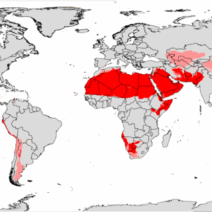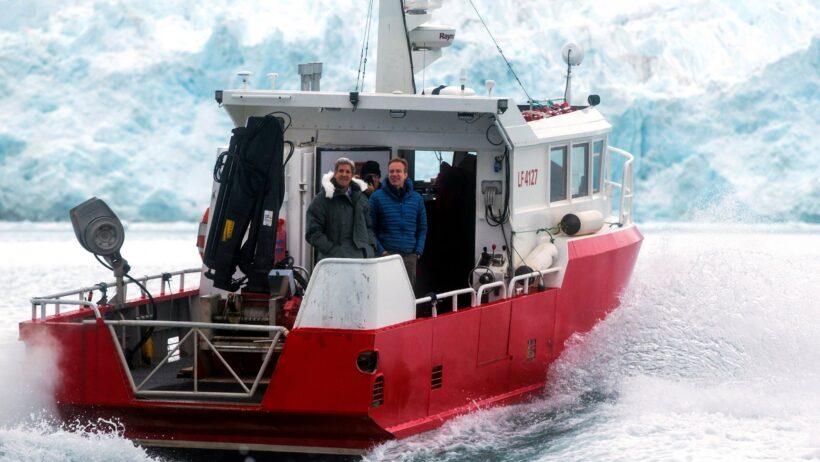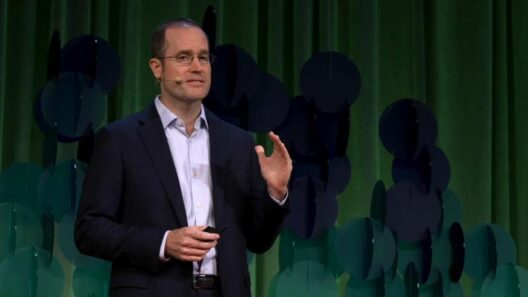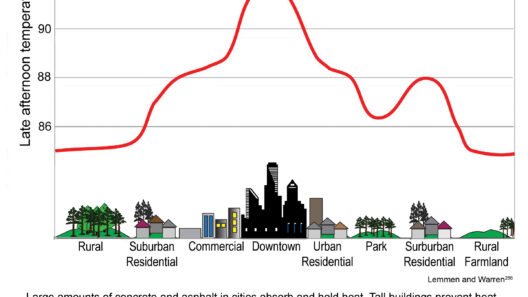Climate change is an ominously profound phenomenon that is largely a consequence of human activity. The intricate interplay between human actions and the Earth’s climate system has been a topic of extensive research and heated debate. From the early Industrial Revolution to the present day, our relentless pursuit of progress and development has unwittingly placed substantial strain on the planet. This narrative unfolds an alarming tale — one where the timeline for human-induced climate change dates back at least to the 1830s.
To comprehend the ways in which humans influence climate change, we must first delve into the mechanisms involved. Greenhouse gas emissions, primarily carbon dioxide (CO2) and methane (CH4), play a pivotal role in altering the planet’s atmospheric composition. These gases are generated from various anthropogenic sources including the combustion of fossil fuels (coal, oil, and natural gas) for energy, transportation, and industrial processes. Current estimates suggest that fossil fuel combustion is responsible for around 70% of global greenhouse gas emissions.
Interestingly, land-use changes, particularly deforestation, significantly exacerbate this issue. Trees act as vital carbon sinks, absorbing CO2 from the atmosphere. When forests are cleared for agriculture or urban development, not only does the carbon absorbing capacity diminish, but the carbon stored in trees is also released back into the atmosphere. This synergistic effect of emissions coupled with deforestation manifests in an alarming rise in atmospheric CO2 levels, prompting global warming.
Another surprising factor contributing to climate change is agriculture, which may not immediately spring to mind as a climate driver. Modern farming practices, particularly livestock production, produce considerable amounts of methane. Enteric fermentation, a natural digestive process in ruminants like cows, results in substantial methane emissions. Additionally, the use of fertilizers contributes to nitrous oxide emissions, another potent greenhouse gas. Collectively, agricultural activities account for roughly 24% of global greenhouse gas emissions, showcasing a formidable intersection between food production and climate disruption.
The industrial processes of manufacturing and waste management further intensify climatic alterations. Processes such as cement production, metal smelting, and chemical manufacturing emit significant amounts of CO2. Waste management, particularly when organic waste decomposes in landfills anaerobically, produces methane. In essence, our consumer-driven economy predisposes high levels of waste and material consumption, which correlate directly with increased emissions.
Urbanization also merits attention as an influential factor in climate change. Rapid urban growth leads to an increase in energy consumption and transportation needs, both of which exacerbate greenhouse gas emissions. Cities are hotbeds of activity, but they also generate a substantial carbon footprint due to the concentration of infrastructure, vehicles, and energy use. The urban heat island effect aggravates local climate changes, resulting in altered microclimates and increased energy demands for cooling in densely populated regions.
Surprisingly, the impacts of climate change extend beyond environmental concerns; they traverse social and economic domains as well. Climate change threatens food security, water availability, and public health. Increased temperatures and altered precipitation patterns can diminish agricultural yields, while rising sea levels jeopardize coastal communities. As the climate continues to warm, vulnerabilities heighten, particularly among marginalized populations who bear the brunt of environmental degradation despite contributing least to the problem.
Furthermore, it is essential to recognize that individual behavior contributes to climate change on a personal scale. Consumer choices play a non-negligible role in emissions generation. The demand for fast fashion, excessive packaging, and high-energy appliances reinforces cycles of production that elevate greenhouse gas outputs. Thus, individual accountability intertwines with collective action, creating a multifaceted approach to mitigating climate change consequences.
The realm of transportation is another significant contributor. The dependency on vehicles powered by fossil fuels results in an extensive carbon footprint. The transportation sector is responsible for about 15% of global greenhouse gas emissions, creating a formidable challenge to reducing overall levels. Encouraging public transportation, cycling, and walking can serve as efficient ways to mitigate such impacts, yet systemic changes in infrastructure and urban planning are imperative for widespread adoption.
One might also be surprised to learn that climate change is not a distant threat; it manifests with increasing frequency in our current reality. The rise in extreme weather events — hurricanes, droughts, floods — is inextricably linked to a hotter atmosphere. These events exacerbate existing vulnerabilities, challenging community resilience and recovery capabilities. The predictable unpredictability of natural disasters underscores the urgency for adaptive strategies and robust mitigation efforts.
It is also crucial to highlight that while the narrative around climate change often presents a bleak outlook, a wealth of innovative solutions is emerging. Technological advancements, such as renewable energy sources (solar, wind, and hydroelectric), carbon capture and storage, and improvements in energy efficiency, present significant opportunities to counteract human impacts on the climate. Policy reforms and international agreements, notably the Paris Agreement, aim to create frameworks for collective climate action at a global scale.
In summation, the influence of human activities on climate change is extensive and multifarious. From energy consumption to land-use practices, there are myriad ways in which our actions precipitate climatic shifts. Understanding these interconnected dynamics is vital for combatting climate change effectively. As awareness grows and societal values shift toward sustainability, there lies hope for meaningful change. Nevertheless, concerted efforts across all sectors of society remain critical to avert the escalating risks posed by climate alteration, ensuring a livable planet for future generations.







